Welcome to our comprehensive guide on the best work gear features for cold-climate construction. As the mercury starts dipping, construction workers face extreme weather conditions on a regular basis. Working in a cold environment is not merely uncomfortable but can significantly impair performance and even jeopardize health and safety. Hence, proper clothing and gear are essential to keep construction workers safe and efficient during the chilliest months of the year. This article explores the most crucial cold-weather gear, the importance of high-quality winter wear, and the best materials to choose for insulation. We will also emphasize the significance of waterproof footwear, high-visibility clothing, regular winter safety training, and how the construction industry can face the challenges posed by climate change. So buckle up as we delve into the world of construction workwear that can stand up to the cold!
Essential Cold-Weather Gear for Construction Work
As temperatures begin to plummet, staying warm and protected becomes crucial for those braving the elements in the construction field. If you suit up in the right gear, the chill doesn't have to slow you down - or put you at risk. Working in cold weather? Here's the essential gear you'd be wise to have on hand.
Beanies
Let's start at the top. A good-quality beanie is much more than a fashionable winter accessory - it's your first line of defense against cold weather. The right beanie can hug your head snugly, providing warmth without impeding your vision or hearing. Look for ones made from thermal fabrics like wool or fleece for best results.
Face Masks
In extreme cold, a face mask acts like a personal, portable shelter for your most exposed asset - your face. Masks made of neoprene, which is both lightweight and insulating, are a popular choice for construction workers. A good winter face mask can protect against bitter winds while allowing for solid peripheral vision.
Thick Gloves
Your hands are your money-makers in the construction trade, so it's crucial to keep them protected. Enter thick winter gloves. Ideally, these should be made of insulated, water-resistant material, keeping your hands warm and protected but still agile enough to handle your tools.
Winter Boots
There's nothing worse than cold feet when trying to concentrate on your work. Keep the chill away and maintain your footing on icy surfaces with a pair of sturdy, insulated winter boots. Seek out ones that provide both comfort and thermal protection.
Thick Socks
A good pair of boots is nothing without thick socks! Thermal socks come in a range of materials, with wool being among the warmest choices. Just be sure to have a few pairs in rotation, because there's nothing worse than soggy socks in the middle of a shift.
A Proper Base Layer
Finally, a good base layer can be your secret weapon against the cold. Thermal underwear that whisks away moisture while trapping heat can keep you toasty from head to toe. Choose moisture-wicking material like merino wool or synthetics for optimum warmth and comfort.
By ensuring that you are properly equipped with the right cold-weather gear, you will not only secure your comfort but also optimize your professional performance. Remember, wearing the right protective and warm clothing - similar to the Essential Rain Gear for Construction - is non-negotiable in order to get in full days of safe and productive work during the cold season.
The Importance of High-Quality Winter Gear
As winter temperatures plummet and snow accumulates, construction workers face a whole new set of challenges on their job sites. Cold-related conditions such as frostbite and hypothermia can significantly impact performance levels and increase the risk of injuries. Here is where the real power of high-quality winter gear steps in. Investing in top-notch construction winter wear can be a game-changing factor in conquering the harshest weather conditions.
Remember those winter mornings when the chill was unbearable, when every snowflake felt like a prick on your skin? Investing in high-quality winter gear can significantly reduce such cold-related discomforts. The right gear acts as a thermally insulated shield, protecting you from extreme weather conditions. Think of it as your personal, mobile heating system.
High-quality winter gear offers these tangible benefits:
- Insulation: Premium gear comes with optimal thermal insulation, protecting construction workers from the biting cold and drastically reducing the risk of hypothermia and frostbite.
- Waterproofing: The best quality gear has superior waterproof coatings that prevent moisture from seeping inside, keeping workers dry regardless of external weather conditions.
- Durability: High-quality gear is designed to withstand the rigors of a harsh winter season, ensuring longevity and making the investment worthwhile in the long run.
The importance of quality in construction gear extends beyond mere comfort. It is about safeguarding productivity and ensuring your team is equipped to continue working efficiently in cold weather. Acquiring the right, regal, and reliable winter gear for work shows you hold employee safety in high regard.
Whether you're working on a construction site lined with ice or atop freezing terraces, it's the high-grade construction gear that serves as your best defense. Skimping on the quality of winter gear might cost less initially, but the subsequent higher rate of cold-induced illnesses or injuries could result in increased costs and lost time in the long run.
Well, it's not simply about survival but transforming winter’s daunting challenge into an opportunity by opting for winter gear that will keep you warm, dry, and efficient. After all, isn't it amazing how the right preparations can make the difference between a debilitating winter and a productive work season?
Remember, with each flake of snow that falls, the importance of high-quality winter gear soars.
OSHA Regulations for Cold Weather PPE
The work environment introduces multifaceted conditions that can lead to potential risks and hazards. A prime example is outdoor work during cold seasons, where employees are exposed to freezing temperatures, slippery surfaces, and biting winds. Such conditions can lead to cold stress and injuries. Protecting workers from these harsh elements is not only considerate but a legal requirement under OSHA's general duty clause.
OSHA's Stance on Cold Weather PPE
The Occupational Safety and Health Administration (OSHA) underscores the employer's responsibility to ensure worker safety. While OSHA does not explicitly outline regulations for cold weather Personal Protective Equipment (PPE), their guidelines include the provision of insulated, waterproof PPE for outdoor workers during low temperatures.
This clothing requirement is based on the necessity to prevent cold stress, a dangerous condition that occurs when the body can no longer maintain a normal temperature. Affected individuals might suffer hypothermia, frostbite, or trench foot. Thus, employers must act to avert such potential cold injuries.
The Insulation Value of PPE in Cold Weather
OSHA stipulates that insulated PPE for cold weather should meet specific conditions:
- The PPE must effectively insulate against cold temperatures.
- The PPE should be waterproof, ensuring that workers remain dry.
- It should be comfortable enough to allow freedom of movement, contributing to workers' ability to accomplish tasks efficiently.
These factors underscore the essence of having a detailed knowledge base for selecting the right PPE regarding the specific nature of tasks to be performed and the prevailing weather conditions.
Importance of Training and Information
OSHA mandates that employers train their employees on how to wear, inspect, and care for their PPE properly. Workers should be educated on the signs and symptoms of cold stress and how to respond in emergency situations. Active provision of this knowledge helps reduce the incidence of work-related winter injuries and illnesses.
In sum, while tackling cold weather job conditions, OSHA’s protocol encourages employers to adopt a proactive attitude towards providing appropriate PPE and fostering a culture of safety. Ultimately, compliance with these guides reduces the risk of cold stress and associated injuries, reinforcing a safe and productive workplace. Remember, safety is not by accident, but by design and choice.
Optimal Winter Gear Layering
When gearing up for cold weather, understanding the science of layering is key to staying warm. Not any old sweater will do when it comes to braving the biting chill of winter. Specific layers serve various essential functions and, when paired together, they form a protective barrier against the elements, ensuring comfort and mobility. Let's break down the ideal winter layering system into three crucial components – the insulating layer, the moisture-wicking mid-layer, and the wind-resistant outer layer.
Insulating Layer
The insulating layer is your first line of defence against the icy grip of winter. It acts as a snug fortress, locking in your body heat to keep you toaster-warm. Traditional insulation materials include down, which boasts remarkable heat retention properties, ideal for extremely cold situations. On the other hand, synthetic insulation, such as polyester fibres, provide excellent warmth even when wet and dry faster than down.
Considerations when choosing an insulating layer include:
- Weight and compressibility, to ensure freedom of movement and ease of packing
- Quick-drying features, for rainy or snowy days
- Breathability, to prevent sweat build-up and subsequent chill
Moisture-Wicking Mid-Layer
The moisture-wicking mid-layer is the unsung hero of winter gear layering. It works by drawing moisture away from your skin, thereby preventing that uncomfortable, clammy feeling after an intense round of snow shoveling or an arduous winter hike. Some top-notch materials for this layer include:
- Merino wool, renowned for its superior moisture-wicking and odor-resistant qualities
- Polyester blends, which are lightweight, quick-drying, and budget-friendly
- Silk, for a luxuriously soft, lightweight option that's ideal for less strenuous activities
Wind-Resistant Outer Layer
Winter winds can sweep away your body heat faster than an arctic hare on steroids. That's where the wind-resistant outer layer comes in. It shields you from the wind, while allowing excess heat and moisture to escape, thereby maintaining a comfortable climate within your layers. Durability, breathability and water resistance should be high on your checklist when picking out a wind-resistant outer layer.
Winter doesn't have to mean shivering and chattering teeth. With an optimal winter layering system, you can enjoy the season to the fullest, without letting the cold disrupt your outdoor activities. By understanding the roles of the insulating layer, the moisture-wicking mid-layer, and the wind-resistant outer layer, you will be fully equipped to take on the coldest of days. Winter, be ready, because you are!
The Use of High-Visibility Clothing
The introduction of high-visibility clothing has transformed the world of safety, particularly in workplaces with high hazards or low visibility. These vibrant outfits, often embellished with reflective bands, are responsible for saving countless lives, chiefly in harsh winter conditions due to their distinctly bright colors and enhanced clarity.
Whether it's construction workers stationed amidst bustling traffic or roadside rescue teams attending to accidents under the cover of night, being seen is a matter of life and death. High-visibility clothing is an imperative safety apparatus designed to afford wearers optimum visibility even in dire weather or lighting situations.
The case for high-visibility clothing is further accentuated in the dreary winter months. Diminished day-hours, murky weather, and the blurring white canvas of snow significantly lower visibility. Donning conspicuously bright attire, peppered with reflective strips, can make all the difference between a close shave and a calamity.
Some key benefits of high-visibility clothing include:
- Prominence amidst obscurity: Bright colors such as luminous yellow or glowing orange stand against natural backgrounds, effectively highlighting wearers amidst their surroundings.
- Night-time visibility: Reflective strips catch and bounce back light from cars, streetlights, and other light sources. This affords wearers high visibility even in low-light situations ensuring motorists or machinery operators spot them easily.
- Uniformity and recognition: Specific professions adopt specified colors. This means drivers and pedestrians can recognize important service personnel, such as police officers or paramedics, and respond appropriately from afar.
Undeniably, high-visibility clothing is a lifesaver. Ultimately, its value is greater than just its components of brightly-colored fabric and reflective bands. It makes the wearer visible, recognizable, and, most importantly, safe. It is a vital tool for safety, especially as we brace ourselves for the winter months ahead when daylight hours are fewer, and visibility is commonly compromised.
"Safety isn't expensive, it's priceless" - Anonymous.
This quote encapsulates the importance of using high-visibility clothing. It's not an option, but a necessity in today's fast-paced world marked by bustling traffic and frenzied work environments. Let's pledge to prioritize safety and make high-visibility clothing a standardized staple in our wardrobes.
Insulating Materials of Choice
The evolving industry of insulation materials has never been more innovative and diverse. Manufacturers worldwide are continually seeking the perfect balance between warmth, breathability, and durability - the ultimate trifecta for every consumer. The quest for superior performance in insulative materials has culminated in the emergence of industry frontrunners like 3M Thinsulate and CORDURA fabric. These materials have distinct attributes that separate them miles apart from the competition, making them the insulating materials of choice for many.
3M Thinsulate
3M Thinsulate is a type of insulation material recognized globally due to its exceptional ability to trap air molecules within its fabric matrix. Here's what makes 3M Thinsulate a strong contender in the insulation industry:
- Microfiber Technology: Its unique microfiber technology amounts to an abundance of minuscule air pockets that retain the producer heat, thereby providing highly effective insulation.
- Lightweight and Breathable: Despite its potent insulating properties, 3M Thinsulate is surprisingly lightweight. This material doesn't compromise on breathability, serving to keep one warm without causing excessive perspiration.
- Moisture Resistance: Moisture can quickly degrade insulation efficiency. However, 3M Thinsulate boasts a decent level of water resistance, helping your gear remain insulated even in damp environments.
"3M Thinsulate provides warmth without the weight. This lightweight, breathable material balances comfort and performance, promising full protection from the cold."
CORDURA Fabric
Another staple in the insulation industry, CORDURA fabric, relies on its unique composition and robust character for weather resistance. Special characteristics of CORDURA fabric include:
- Durability: CORDURA fabric is renowned for its high resistance to tearing, scuffing, and abrasions. Hence, garments made from this fabric typically enjoy a long lifespan.
- Weatherproof: Besides providing sufficient warmth, CORDURA fabric comes with brilliant weatherproof properties. Such features prove indispensable in harsh weather conditions.
- Versatility: Due to its durable, rugged design and insulating properties, CORDURA fabric is versatile. It finds usage in a vast array of applications including outdoor gear, workwear, and military apparel.
"With its robust durability and versatile application, CORDURA fabric offers excellent insulating properties while doubling as the ultimate shield against harsh weather."
Insulating materials such as 3M Thinsulate and CORDURA fabric enhance warmth while maintaining breathability in cold environments - a sentence that encapsulates why these materials have become the go-to choice. They're not just about keeping warm, they're about maintaining comfort and function even in demanding conditions - truly the epitome of modern insulation technology.
The Importance of Waterproof Footwear
Imagine embarking on a captivating hike, journeying through breathtaking landscapes, each step amplifying your anticipation of the sights that await. Now imagine the same trek, only with footwear that allows water to seep into your shoes, dampening your socks and turning your adventure into an uncomfortable ordeal. Waterproof footwear isn't just convenient; it's vital for those who desire comfort and warmth in all manners of wet and cold conditions. From the keen adventurer to the diligent construction worker, having waterproof boots is paramount to keeping one's feet dry, warm, and protected. Allow us to delve deeper into two essential materials: Rubber and Gore-Tex, widely recognized in the footwear industry for providing waterproof benefits.
Rubber
When it comes to waterproof materials for footwear, rubber takes the spotlight. It's a near-impervious substance, meaning it provides an excellent barrier against water. Rubber boots are commonly used in situations where one may need to step in water or slush, such as on a rainy day or in a muddy construction site.
- Indomitable Nature: Rubber is robust and durable, capable of withstanding harsh conditions and extensive wear and tear. It's perfect for those who work in harsh outdoor conditions and need footwear that can stand the test of time.
- Impenetrable by Water: The main allure of rubber footwear is its unwillingness to let in even a single drop of water. This makes it the perfect material to keep your feet dry, no matter how wet the surroundings might be.
- Ease to Clean: With its smooth surface, rubber boots are easy to clean off mud and grime, adding to their overall practicality.
"The use of waterproof materials like rubber or Gore-Tex is essential for footwear to keep workers' feet dry and warm in snowy conditions."
Gore-Tex
Another name that pops up frequently when discussing waterproof footwear is Gore-Tex. This pioneering material has carved a place for itself in the industry due to its unique ability to repel water while allowing moisture from sweat to escape.
- Breathable & Waterproof: The technology behind Gore-Tex involves a membrane with over a billion pores per square inch, each small enough to prevent water droplets from passing through yet large enough to allow water vapor (sweat) to escape.
- Variety in Design: Unlike rubber boots, Gore-Tex footwear can come in a variety of styles and designs, making them a versatile choice for those looking for functional and fashionable footwear.
- Quality & Longevity: Footwear designed with Gore-Tex is known for its long-lasting quality, though it might necessitate a higher upfront cost.
The best waterproof gear for construction workers often involves boots made from these two materials, rubber and Gore-Tex. It goes without saying, that regardless of the weather or terrain, waterproof footwear shields us from discomfort and harm, thus fulfilling an essential role in our lives.
The Necessity of Regular Cold Weather Safety Training
As the winter months approach and temperatures continue to drop, employers have a responsibility to ensure their workforce remains safe amidst the cold climates. Regular cold weather safety training is an essential aspect of maintaining a safe and productive work environment during those frosty months. More than merely reminding workers to bring their gloves and thermal socks, these training modules are designed to increase awareness about the potential hazards of working in cold environments and to provide guided measures in minimizing risks.
In essence, these training sessions can effectively save lives and prevent serious injuries or health issues that could potentially arise as a result of freezing temperature exposure.
In these modules, employees are generally educated on:
- Identifying early signs and symptoms of cold-induced illnesses and injuries such as hypothermia, frostbite, trench foot and cold water immersion.
- Warming techniques and appropriate response measures to combat exposure to cold conditions.
- The importance of using personal protective equipment (PPE), including thermal jackets, waterproof gloves, and insulated boots.
- Working as a team in severe conditions to ensure the safety of everyone involved.
The staggering statistics of work-related injuries and illnesses linked to cold weather are a clear sign that not enough is being done to address this issue. Employers often overlook the necessity of cold weather safety training, assuming that adults should naturally know how to handle such situations. However, the nuances of working in the cold go beyond bundling up and staying warm. Therefore, it is of utmost importance that these training sessions are conducted regularly.
Moreover, employers are advised to ensure that workers are properly suited up for the frosty conditions. Adequate gear goes a long way in preventing cold-induced illnesses and injuries. Employers should conduct regular checks to ensure all workforce is wearing the required gear at all times, underlining the significance of gear adaption amidst cold conditions.
Remember, knowledge is power! Proper cold weather safety training can make the difference between a safe, positive, and productive work environment and one that is prone to serious accidents and injuries.
Facing Climate Change in Construction
The impact of climate change on our world is undeniable, and no industry is immune, especially the construction sector. As we move further into 2023, construction workers face dramatic weather changes and face increasing frequency of severe storms. Now, more than ever, the need for robust and functional cold-weather gear has become crucial. But, before we dive into the importance of this gear, let's investigate the effects of climate change on the construction industry.
With the unpredictable and rapidly changing weather conditions, construction sites are becoming more hazardous. Take, for instance, the surprising jump in severe snowstorms in the past few years. This unpredictable factor:
- Has led to unforeseen delays and interruptions in project schedules,
- Increased the risks of accidents or mishaps on the site due to slippery conditions or limited visibility,
- And escalated the cost of construction due to the need for additional tools and safety equipment to mitigate these risks.
These challenging conditions accentuate the need for construction gear that isn't just sturdy but also designed to withstand extreme cold and wet conditions. This isn't about comfort alone; it's about safety and efficiency. Investing in well-designed, insulated, waterproof and breathable clothing is crucial. With the right gear, construction workers can fortify themselves against the harsh elements, ensuring they're adequately protected, be it rain, snow, or bone-chilling cold.
But it doesn't stop at the gear. Construction companies also need to incorporate these climate changes into their planning and risk mitigation strategies. A more resilient approach may look something like this:
- Factoring in potential weather-related disruptions into project timelines,
- Keeping an updated, year-round supply of weather-appropriate gear,
- Conducting regular team trainings on weather-related safety measures.
To quote a popular saying, "There's no such thing as bad weather, only unsuitable clothing." 2023, with its unpredictable weather, is redefining this quote for the construction industry. Maintaining the safety, efficiency, and comfort of their workers should be a priority for construction companies in the face of these weather extremes. After all, robust cold weather gear isn't just about braving the storm; it's about ensuring the storm doesn't halt progress.
Conclusion
Dealing with cold-climate construction demands more than just two layers of clothing and a pair of gloves. It requires comprehensive knowledge, from understanding weather patterns to displaying proficiency in selecting the appropriate gear. Remember, the right winter work gear is a perfect blend of comfort, mobility, and most importantly, safety.
Partnering with trusted manufacturers like Rain Gear Pro can make the process a lot easier. Known for their impressive portfolio of high-quality work gear, including their Canadian-made saw pants, Rain Gear Pro ensures that your first line of defense against the cold is not just tough, but also comfortable. Engineered for longevity, these pants are designed to withstand even the notorious crotch blowout!
As we face the escalating challenges brought about by climate change, there's never been a more crucial time to think safety, climate resilience, and high-performance when it comes to picking out your winter gear. Opting for quality assured gear like Rain Gear Pro's, that provide both the needed protection and optimal comfort, is the way forward in safeguarding the workforce and ensuring continuous progress in tough working environments. Because at the heart of every construction project, it's the hardworking individuals who power through, regardless of the freezing temperatures, who truly make a difference.
Frequently Asked Questions
-
What are the best work gear features for cold climate construction?
The best work gear features for cold climate construction include: 1. Insulated and waterproof materials, 2. Windproof and breathable fabrics, 3. Adjustable cuffs and hoods, 4. Thermal insulation layers, and 5. Reinforced knees and elbows.
-
Why is insulation important in work gear for cold climate construction?
Insulation is important in work gear for cold climate construction as it helps retain body heat, keeping the wearer warm and comfortable. Proper insulation prevents heat loss and adds an extra layer of protection against freezing temperatures.
-
What materials should work gear for cold climate construction be made of?
Work gear for cold climate construction should be made of insulated and waterproof materials such as Gore-Tex, Thinsulate, or synthetic fibers like polyester or nylon. These materials provide warmth and protect against moisture and wind.
-
Why is breathability important in work gear for cold climate construction?
Breathability is important in work gear for cold climate construction as it allows moisture and sweat to evaporate, preventing the buildup of moisture next to the skin. This helps regulate body temperature and keeps the wearer dry and comfortable.
-
Are reinforced knees and elbows necessary in work gear for cold climate construction?
Reinforced knees and elbows are beneficial in work gear for cold climate construction as they provide extra durability and protection in high-stress areas. These reinforcements help prevent wear and tear, extending the lifespan of the gear.

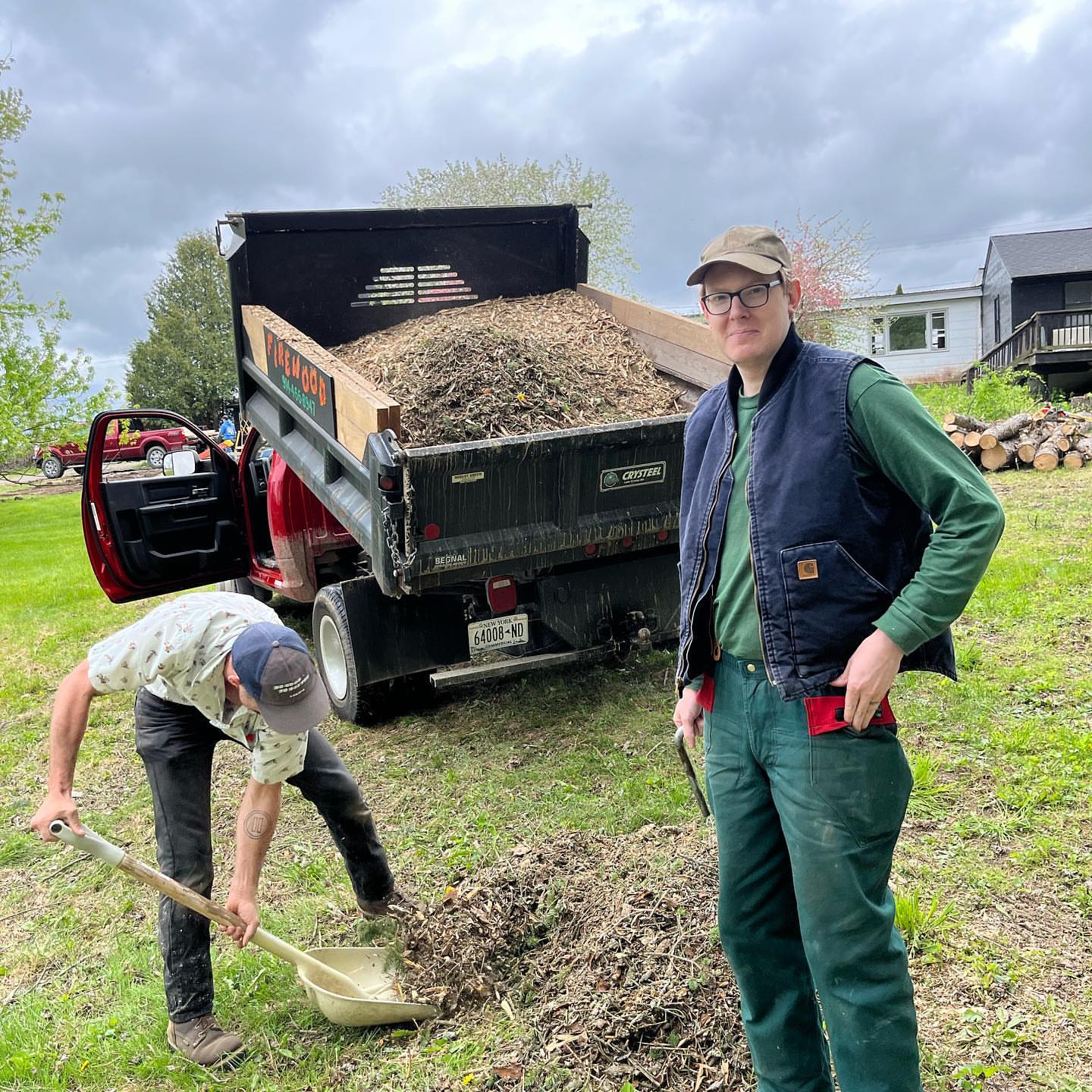
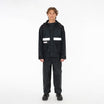
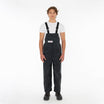
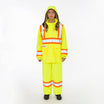
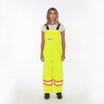
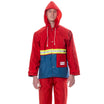
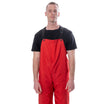
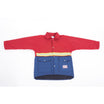
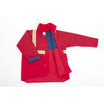
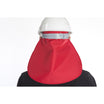

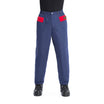
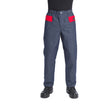
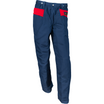
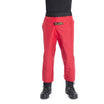
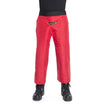
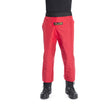
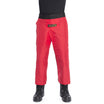
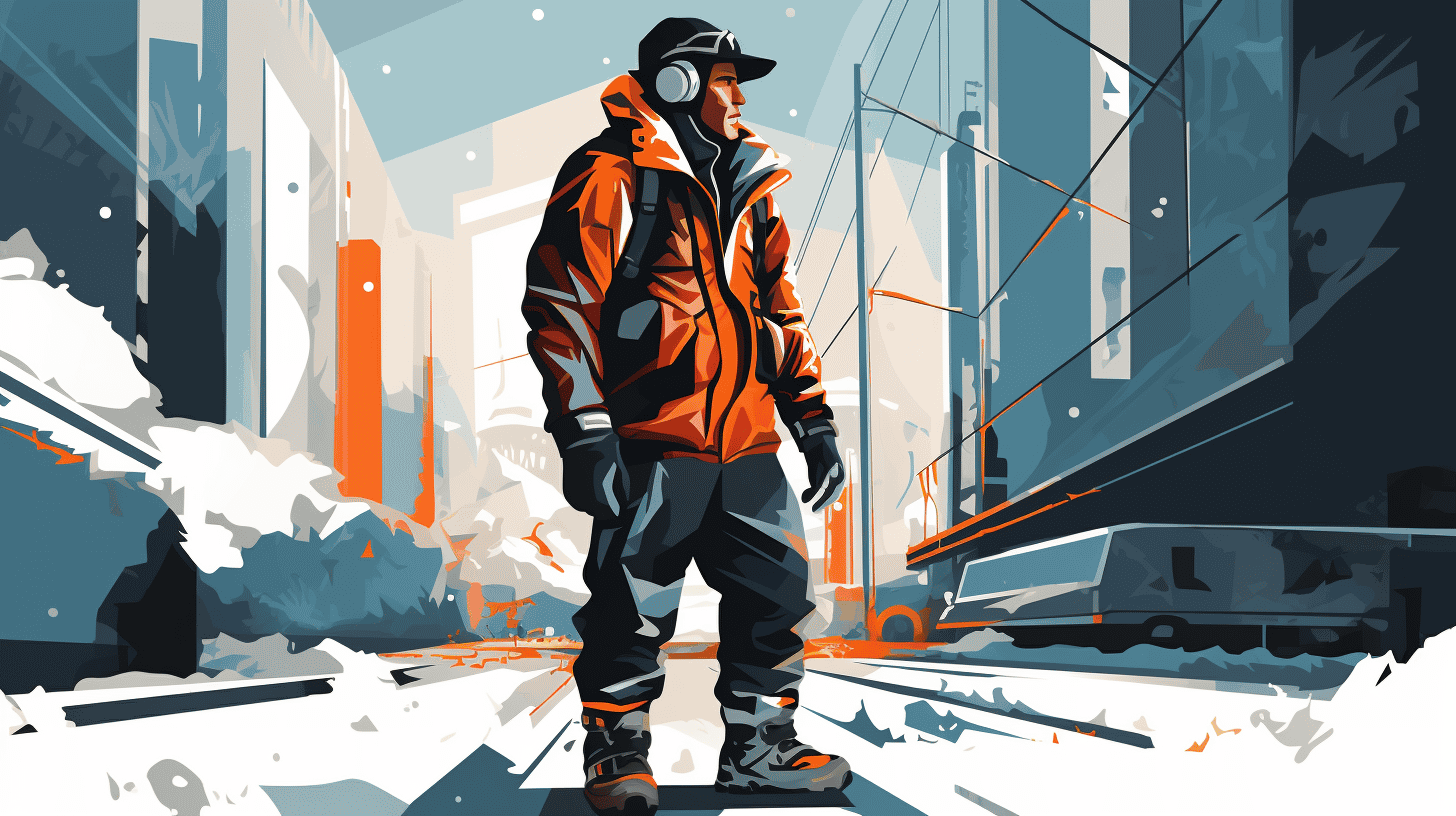


Leave a comment
This site is protected by hCaptcha and the hCaptcha Privacy Policy and Terms of Service apply.